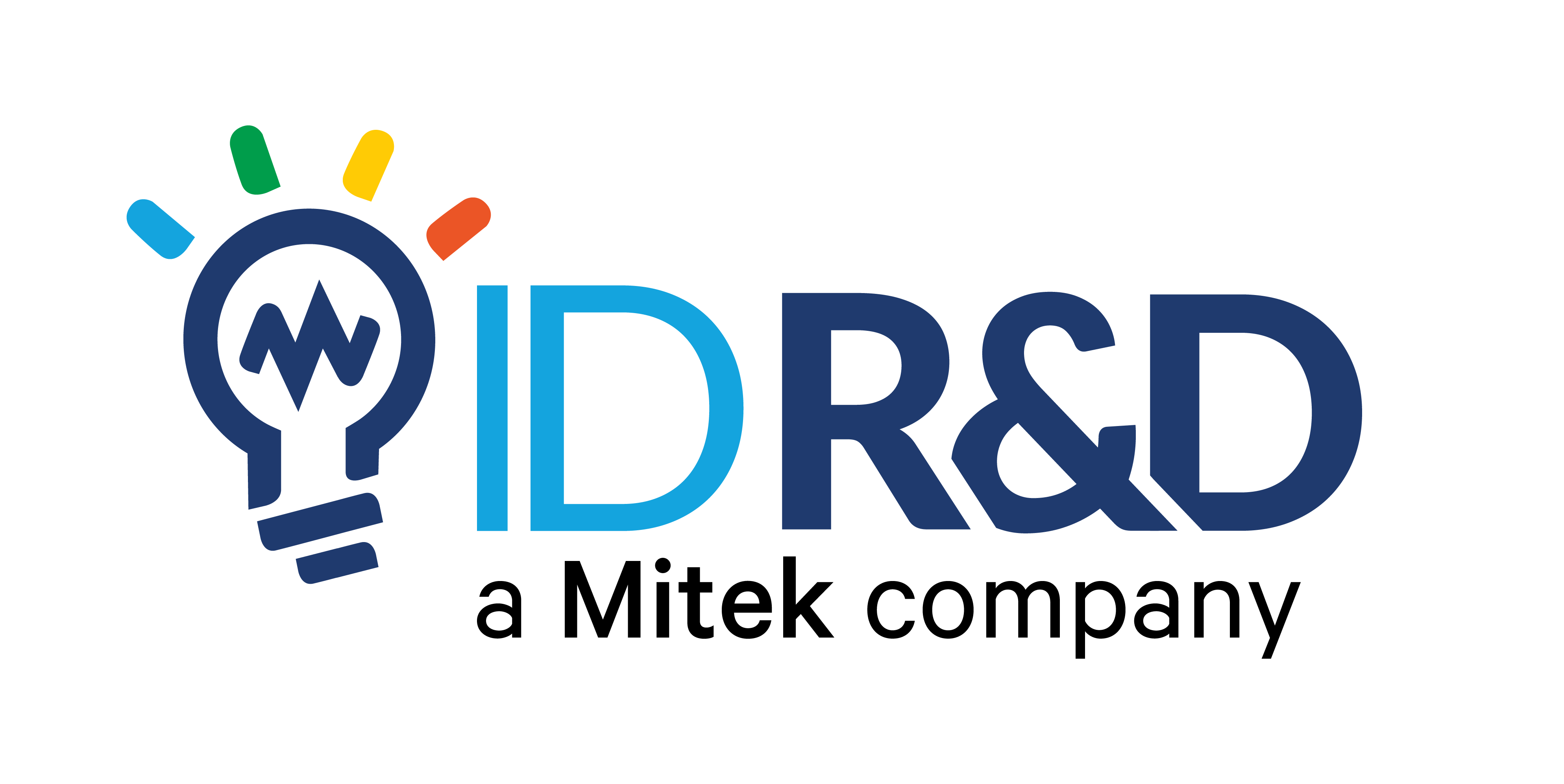In today’s increasingly digital world, the threat of document forgery poses a significant risk to global businesses, especially in areas like Know Your Customer (KYC), remote onboarding, and other services that demand the validation of personal information. However, recent advancements in artificial intelligence (AI) offer unprecedented solutions to these challenges. By harnessing the power of AI, we can detect and analyze most types of forgeries independent of the language or country of issue, thereby providing a robust, globally applicable service.

Figure: Identical forgery types on a Chinese
document (left) and a British passport (right)
The first image showcases a common forgery technique where fraudsters alter dates, names, and numbers on a document by attaching cut pieces with new data. This tampering, while subtle, leaves noticeable borders between the original document and the attached pieces. These discrepancies are perceptible not just to the trained human eye but also to specifically trained AI systems.

Figure: Physical portrait overlay forgery on the camera (left) and
zoomed evidence showing visible edges of the non-original portrait (right)
The second example pertains to physical portrait overlay, a technique in which fraudsters modify a photo on a document either by physically attaching another photo or employing digital manipulation techniques like deepfake photo generation or morphing. Here, the telltale signs of forgery are not contingent on the document format and can be detected by common markers such as:
- The visible edge of a physically overlaid portrait,
- Inconsistent head and face size/proportions in morphed photos, and
- Digital texture inconsistencies characteristic of deepfake-generated photos, detectable by AI.
Like the previous case, these signs can be discerned by both trained human observers and AI systems. Knowledge of the specific document format is not necessary to detect these forgeries.
Other frequently encountered forgeries in real-world data include:
Screen replays: This presentation attack can generally be detected by performing a texture analysis to identify the presence of the Moire pattern which can’t be visible by eye, but is easily detected by artificial neural networks.
Reprinted photos: The color gamut of printed photos often deviates from the original, and using a low-resolution regular printer can affect the texture of the image. Both these changes can be precisely detected by AI.
While more sophisticated forgery methods are also employed, they invariably leave traces that can be detected, independent of the document format taking into consideration that 90% of the forgeries are presentation attacks.
The advent of AI-based document liveness detection paves the way for a system capable of dealing with an extensive array of document formats. Its ability to recognize specific forgery evidence, while remaining indifferent to the exact format or language of the document, offers an unparalleled opportunity to expand the serviceable market for KYC, remote onboarding, and other global services. Through the power of AI, we are well on our way to creating a more secure and trustworthy digital world.
